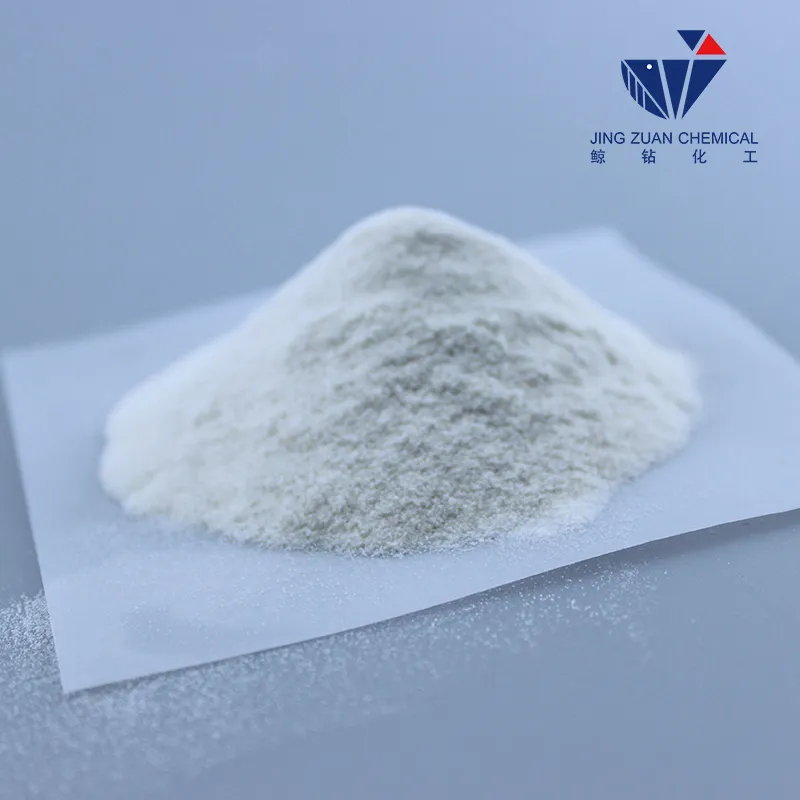
Dec . 11, 2024 23:01 Back to list
hydroxyethyl cellulose viscosity
The Viscosity of Hydroxyethyl Cellulose Understanding Its Importance and Applications
Hydroxyethyl cellulose (HEC) is a non-ionic water-soluble polymer derived from cellulose, which is one of the most abundant organic polymers on Earth. Its unique properties, particularly its viscosity, make it a versatile ingredient in various industrial and consumer applications. This article delves into the significance of HEC viscosity, its measurement, and its implications across different sectors.
Importance of Viscosity in Hydroxyethyl Cellulose
Viscosity is a fundamental characteristic of fluids, representing a material's resistance to flow. In the context of hydroxyethyl cellulose, viscosity is crucial because it affects how the material behaves in different applications, from cosmetics to construction materials. The viscosity of HEC solutions can vary significantly depending on several factors, including the concentration of the polymer, the temperature, and the shear rate.
For manufacturers, understanding and controlling the viscosity of HEC is essential. Low-viscosity HEC is often used in applications where a thin, free-flowing solution is necessary, such as in certain coatings and inks. Conversely, high-viscosity HEC is preferable for applications requiring thicker formulations, such as hair care products, paint thickeners, and drilling fluids in the oil industry.
Measuring Viscosity
The viscosity of hydroxyethyl cellulose can be measured using various methods, including rotational viscometry and capillary viscometry. Rotational viscometers are commonly used due to their ability to provide a continuous measurement of viscosity across different shear rates. This capability is particularly important since the viscosity of HEC can change dramatically under different conditions.
Careful control during mixing and processing is essential to achieve the desired viscosity of HEC solutions. Factors such as the molecular weight of the HEC, the degree of substitution, and the presence of additives can significantly impact viscosity. Therefore, it is critical for formulators to understand and monitor these parameters to create products that meet specific performance criteria.
hydroxyethyl cellulose viscosity

Applications of Hydroxyethyl Cellulose Based on Viscosity
1. Cosmetics and Personal Care Products In the beauty industry, HEC is widely used in creams, lotions, and gels due to its ability to enhance texture and provide a stable viscosity. The thickening properties of HEC help improve the spreadability of products while maintaining a desirable sensory experience for consumers.
2. Food Industry HEC also finds applications in the food sector, where it serves as a thickening and stabilizing agent. Its ability to form gels and emulsions aids in enhancing the texture of various food products, including sauces, dressings, and dairy items.
3. Pharmaceuticals In pharmaceutical formulations, the viscosity of hydroxyethyl cellulose is critical for modifying the release rate of active ingredients. HEC serves as a binder in tablets and as a thickening agent in liquid formulations, ensuring a consistent and effective delivery of medications.
4. Construction Materials HEC is utilized in the construction industry as an additive in mortars, plasters, and paints. Its viscosity properties help improve adhesion and workability, making it a valuable component for enhancing the performance of building materials.
5. Oil and Gas Industry In drilling fluids, HEC's viscosity is crucial for optimizing fluid loss, enhancing drilling efficiency, and stabilizing boreholes. The ability to adjust the viscosity of drilling fluids enables better control over downhole pressures, critical for successful operations.
Conclusion
Hydroxyethyl cellulose is an invaluable polymer characterized by its versatile viscosity properties. As industries continue to evolve, the demand for HEC in various formulations will only increase. Understanding the relationship between HEC and its viscosity not only aids manufacturers in creating superior products but also ensures that end-users receive enhanced performance in their applications. Whether in cosmetics, food, pharmaceuticals, or construction, the role of hydroxyethyl cellulose and its viscosity cannot be underestimated, making it a vital ingredient in modern formulations.
-
Versatile Hpmc Uses in Different Industries
NewsJun.19,2025
-
Redispersible Powder's Role in Enhancing Durability of Construction Products
NewsJun.19,2025
-
Hydroxyethyl Cellulose Applications Driving Green Industrial Processes
NewsJun.19,2025
-
Exploring Different Redispersible Polymer Powder
NewsJun.19,2025
-
Choosing the Right Mortar Bonding Agent
NewsJun.19,2025
-
Applications and Significance of China Hpmc in Modern Industries
NewsJun.19,2025







